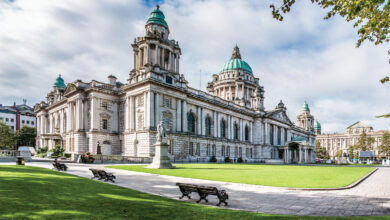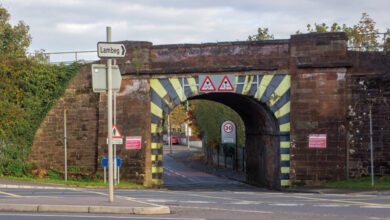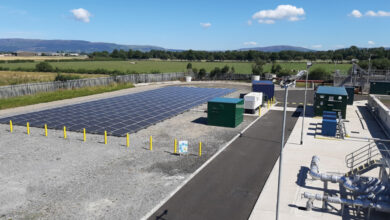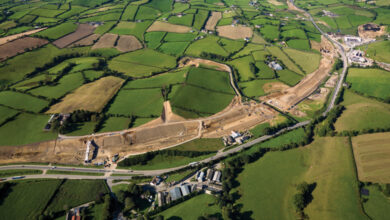Water infrastructure overview
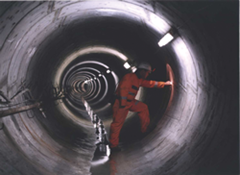 Almost half of Northern Ireland Water’s three-year investment over 2010-2013 will go on the water and sewerage network and treatment works.
Almost half of Northern Ireland Water’s three-year investment over 2010-2013 will go on the water and sewerage network and treatment works.
During the 2010-2013 price control period, Northern Ireland Water plans to spend £504 million in water investment. This includes £246 million on water and sewerage networks maintenance and treatment works and £108 million on drinking water and environmental improvements.
£147 million in capital investment is planned during 2012-2013, including laying and replacing water mains works. At least 900km of water mains are to be covered during a three-year programme.
During 2011-2012, £192 million was spent on capital investment. Forty-four per cent was targeted at water projects, with 56 per cent spent on wastewater. The company has spent £18 million since 2008 through the Rural Wastewater Investment Programme.
Two hundred and sixty properties were removed from the risk of low water pressure. The company aims to remove 800 properties from this risk by the end of the price control period, but approximately 1,500 registered properties will still remain at risk.
The water company has also focused on preventing sewage from leaks into customers’ homes, and is currently developing a register of properties at risk from internal and external flooding; this should be completed by April next year.
Water quality compliance during 2011 stood at 99.8 per cent, down only 0.01 per cent on the previous year. The company attributed this to additional compliance requirements regarding taste and odour. It surpassed the target (set at the beginning of the price control period) by less than 1 per cent.
168.2 million litres of water were leaked per day during 2011-2012. Twenty-three properties were affected by an incident of internal sewage flooding caused by equipment failure in a sewer through blockage or collapse.
Compliance by wastewater treatment works’ (serving more than 250 people) with Water Order consents stood at 96.0 per cent. Overall, 85.8 per cent of wastewater works complied with standards, covering 94.8 per cent of the population.
Meanwhile, the 2011 Drinking Water Inspectorate for Northern Ireland report showed that quality remains very high. Overall compliance with required standards fell slightly from 99.9 per cent in 2010 to 99.8 per cent in 2011.
“This decline was due to significant increases in the numbers of aluminium and odour tests not complying with the standards from samples taken at consumers’ taps,” stated Chief Inspector of Drinking Water Margaret Herron in the report. Herron also attributed it to high numbers of microbiological contraventions in water sourced from service reservoirs and at customers’ taps.
584 million litres of water go into the network each day. Nearly half of demand is from households (44 per cent), while a further 28 per cent is leaked. Metered businesses use 19 per cent of demand, while unmetered businesses use a further 3 per cent. Unbilled water takes 3 per cent of resources, while 1 per cent goes on operational use.
The average domestic water and sewerage bill in Northern Ireland (with the costs covered by government) is £408 per day, compared with £379 in England and Wales. The gap between operational cost efficiency here and that in English and Welsh water and sewerage companies has narrowed from 49 per cent in 2007- 2008 to 34 per cent in 2010-2011.
In 2011-2012, NI Water yielded £413.3 million in revenue, with £289.3 million coming from Department for Regional Development funding. The remainder came from charges, transfers of assets from customers, third party contributions, and connection and infrastructure charges. The company’s after-tax profit was £114.6 million.

